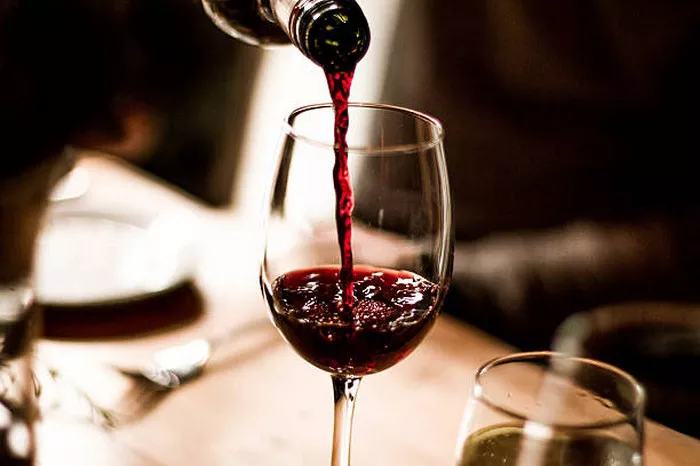The exquisite allure of fine French wine, often synonymous with indulgence and luxury, has taken an unexpected turn as France grapples with the need to obliterate a staggering 80 million gallons of wine. A confluence of factors, including surplus production and economic considerations, has precipitated this unprecedented move, one that comes at a hefty price tag of approximately $216 million, as reported by The Washington Post.
This endeavor is far from a simple disposal process, as the surplus wine must be transformed into pure alcohol, destined for various alternative applications such as perfumery, cleaning products, and even the production of hand sanitizer.
The colossal act of wine destruction sheds light on a troubling trend – the wine industry’s struggle in the face of reduced demand and escalating production costs. Despite being hailed as the world’s wine epicenter, France is witnessing a diminishing interest in its renowned vintages. A report by The Washington Post in early 2023 indicated that the proportion of regular wine enthusiasts in France has plummeted from 50% during the 1980s to less than 20% at present. Furthermore, the historical zenith of wine consumption, with an astounding 136 liters per person per year in 1926, has precipitously declined to a mere 40 liters.
One key factor contributing to this decline in wine consumption is the relentless barrage of novel beverage options inundating the market. From effervescent seltzers to convenient ready-to-drink canned cocktails, wine no longer commands the same share of consumer attention. Remarkably, The Guardian’s year-end report in 2022 revealed that France was at the forefront of alcohol-free drinking, with numerous startups pioneering alcohol-free spirits, wines, cocktails, and beers.
While the shift towards alcohol-free alternatives presents an avenue of potential for vintners, other constraints have propelled this government-funded wine annihilation. Escalating production costs, compounded by general inflation, have strained the industry’s economic viability. The enduring aftershocks of the pandemic have also left their mark, with bars, restaurants, and wineries bearing the brunt of closures during lockdowns, and many establishments grappling with insurmountable challenges on their path to recovery.
In this enigmatic chapter of France’s wine saga, the nation finds itself at a crossroads, grappling with the paradox of discarding liquid gold as the tides of change continue to redefine consumer preferences and economic landscapes.


